Dewatering and Groundwater Control Systems Installation and Operation
Dewatering and Groundwater Control Systems Installation and Operation
Credit to: https://www.cedengineering.com/
J. Paul Guyer, P.E., R.A., Fellow ASCE, Fellow AEI
Usually dispatched in 2 to 3 days
Usually dispatched in 2 to 3 days
Category:
Operation & Maintenance
Only logged in customers who have purchased this product may leave a review.
Related products
Overview, Installation and Maintenance of Pumps, Valves and Piping
When you have completed this chapter, you will be able to do the following:
1. Recognize the principles of pump operation. 2. Identify the different types of pumps. 3. Identify an eductor.
4. Identify basic types and functions of valves. 5. Identify the types of steam traps. 6. Identify the different types of strainers.
7. Recognize the different types of filters. 8. Identify tubing and associated fittings. 9. Identify piping, associated fittings, and flange shielding.
10. Identify the types of packing and gasket material.
Overview, Installation and Maintenance of Pumps, Valves and Piping
When you have completed this chapter, you will be able to do the following:
1. Recognize the principles of pump operation. 2. Identify the different types of pumps. 3. Identify an eductor.
4. Identify basic types and functions of valves. 5. Identify the types of steam traps. 6. Identify the different types of strainers.
7. Recognize the different types of filters. 8. Identify tubing and associated fittings. 9. Identify piping, associated fittings, and flange shielding.
10. Identify the types of packing and gasket material.
Design Of Advanced Reverse Osmosis And Nanofiltration Membranes For Water Purification
ABSTRACT:
Most commercially available reverse osmosis (RO) and nanofiltration (NF) membranes are based on the thin film composite (TFC) aromatic polyamide membranes. However, they have several disadvantages including low resistance to fouling, low chemical and thermal stabilities and limited chlorine tolerance. To address these problems, advanced RO/NF membranes are being developed from polyimides for water and wastewater treatments. The following three projects have resulted from my research.
Design Of Advanced Reverse Osmosis And Nanofiltration Membranes For Water Purification
ABSTRACT:
Most commercially available reverse osmosis (RO) and nanofiltration (NF) membranes are based on the thin film composite (TFC) aromatic polyamide membranes. However, they have several disadvantages including low resistance to fouling, low chemical and thermal stabilities and limited chlorine tolerance. To address these problems, advanced RO/NF membranes are being developed from polyimides for water and wastewater treatments. The following three projects have resulted from my research.
Information Manual for Treatment Plant Operators
Introduction
Why was this manual created?
This manual was prepared to help wastewater treatment plant operators complete and submit their Discharge Monitoring Reports (DMRs) (sample DMR forms in Appendix B) and other annual reports to the Department of Ecology (Ecology). Many permittees also fill out a U.S. Environmental Protection Agency (EPA) DMR. This manual is also useful for completing the EPA form, if applicable. What if this manual is different from what I have been guided to do? This manual is intended to complement, but not supercede, the National Pollutant Discharge Elimination System (NPDES) or state waste discharge permit or applicable regulations, which are the legal documents to which the permittee will be held responsible. If ever there is a conflict between this guidance and either the NPDES/State Waste Discharge Permit or the applicable regulations, the permit or regulations will supercede this guidance.
Information Manual for Treatment Plant Operators
Introduction
Why was this manual created?
This manual was prepared to help wastewater treatment plant operators complete and submit their Discharge Monitoring Reports (DMRs) (sample DMR forms in Appendix B) and other annual reports to the Department of Ecology (Ecology). Many permittees also fill out a U.S. Environmental Protection Agency (EPA) DMR. This manual is also useful for completing the EPA form, if applicable. What if this manual is different from what I have been guided to do? This manual is intended to complement, but not supercede, the National Pollutant Discharge Elimination System (NPDES) or state waste discharge permit or applicable regulations, which are the legal documents to which the permittee will be held responsible. If ever there is a conflict between this guidance and either the NPDES/State Waste Discharge Permit or the applicable regulations, the permit or regulations will supercede this guidance.
Drinking Water Operator Certification Training Module #24 Gas Chlorination
Learning Objectives
. Explain the purpose of chlorination.
. Describe the two forms of chlorine.
. Describe the properties of liquid chlorine and gaseous chlorine.
. Explain how chlorine reacts in aqueous solutions.
. Read and explain chlorine reaction equations.
Drinking Water Operator Certification Training Module #24 Gas Chlorination
Learning Objectives
. Explain the purpose of chlorination.
. Describe the two forms of chlorine.
. Describe the properties of liquid chlorine and gaseous chlorine.
. Explain how chlorine reacts in aqueous solutions.
. Read and explain chlorine reaction equations.


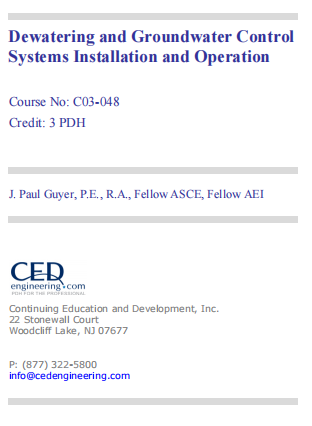

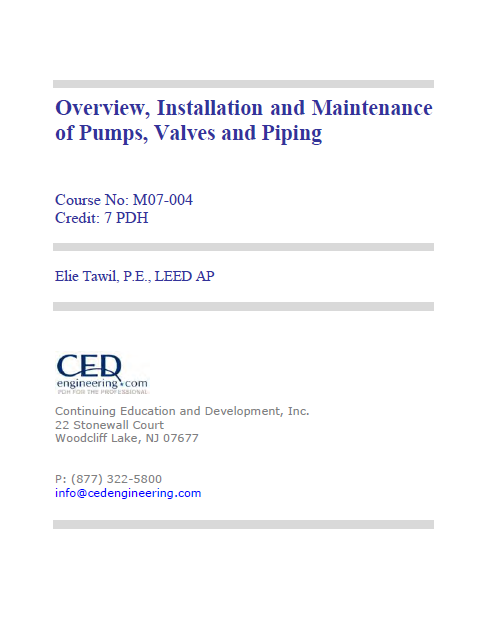
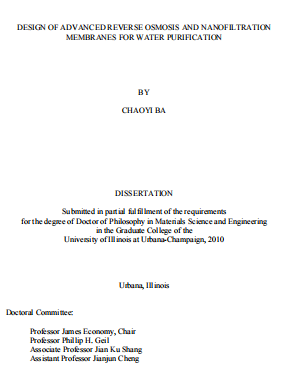
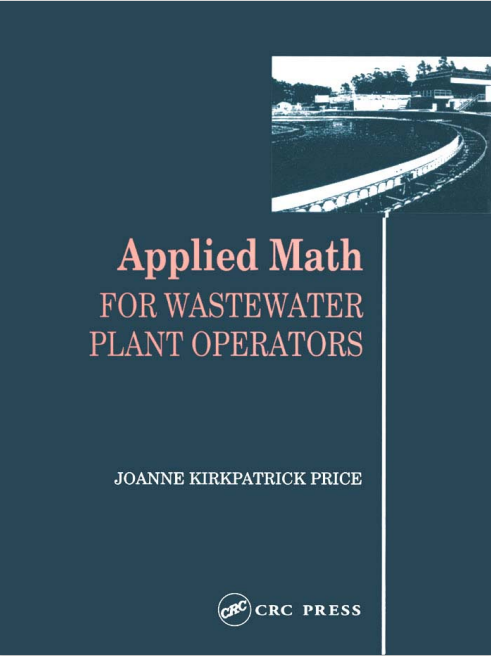
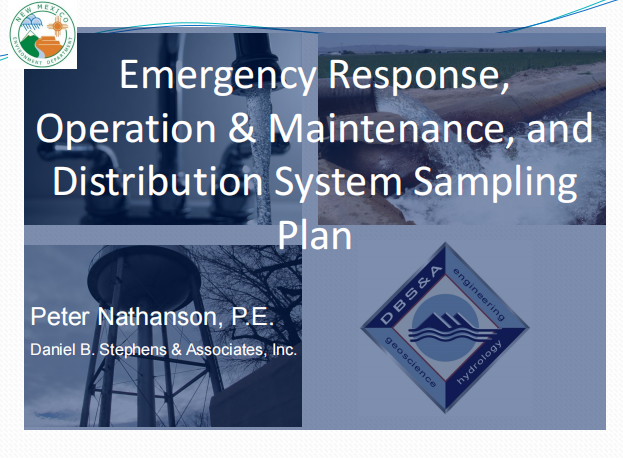
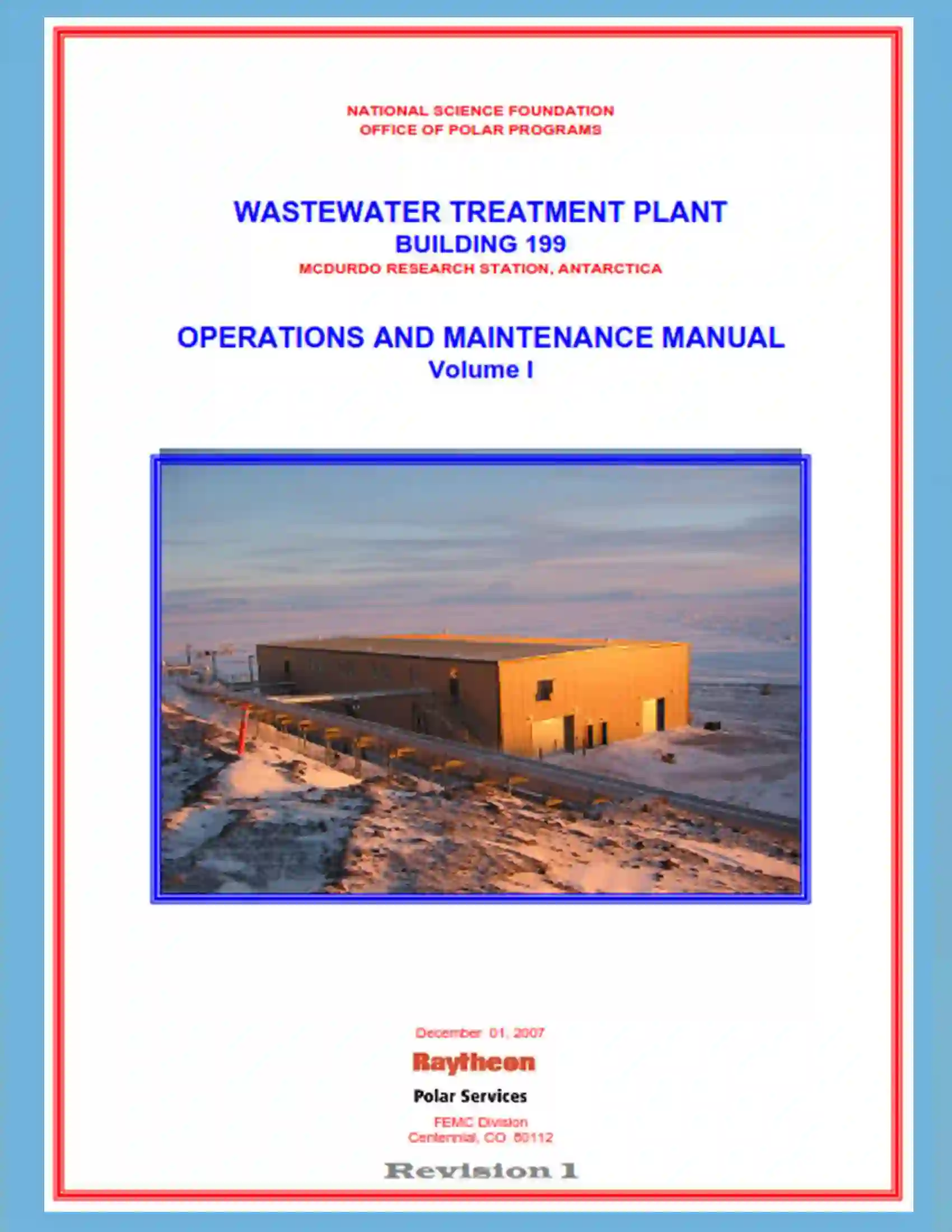
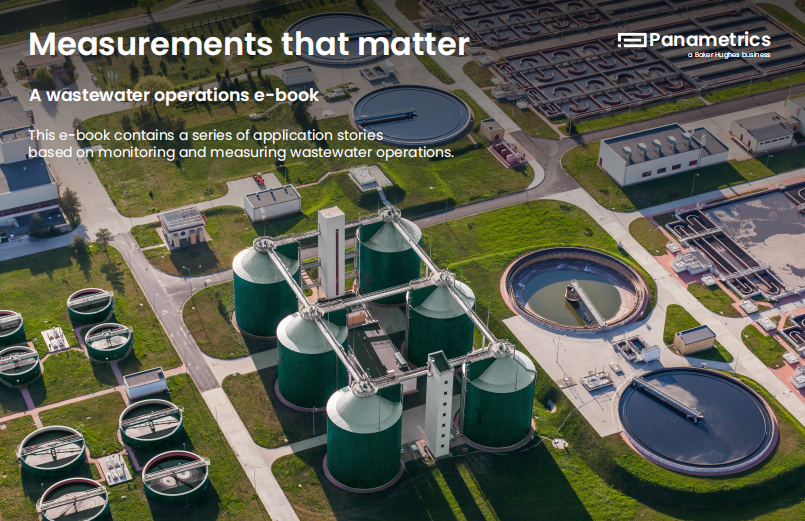
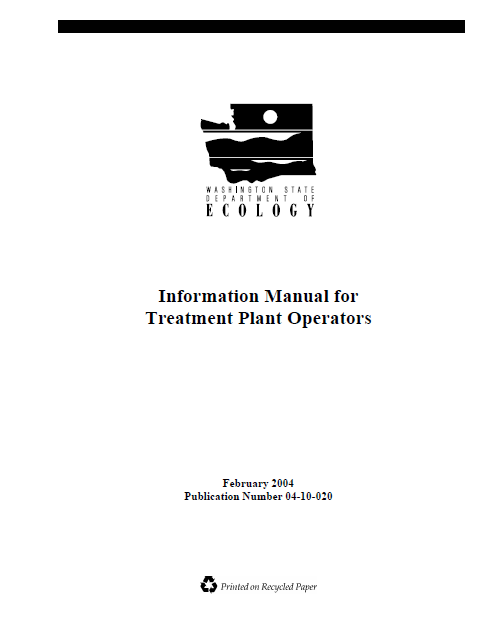
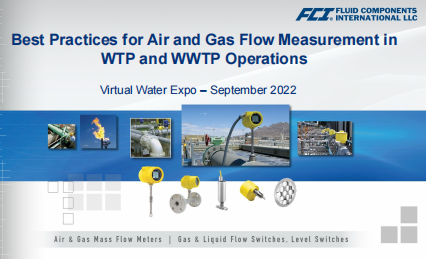
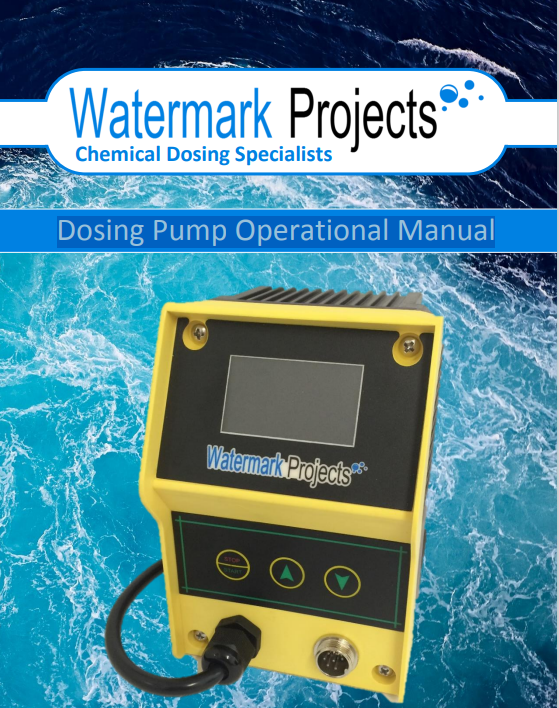
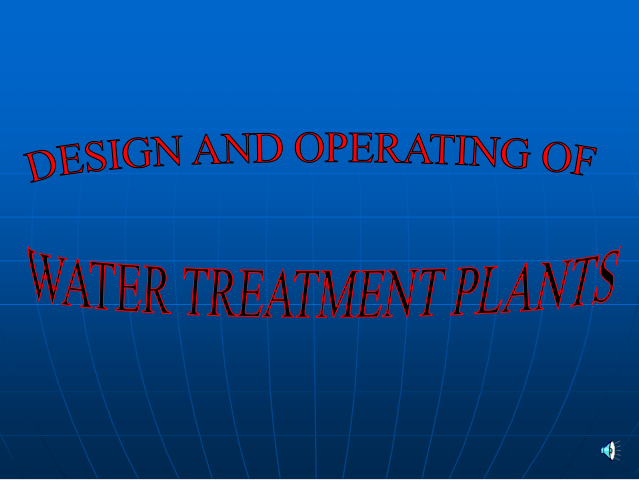
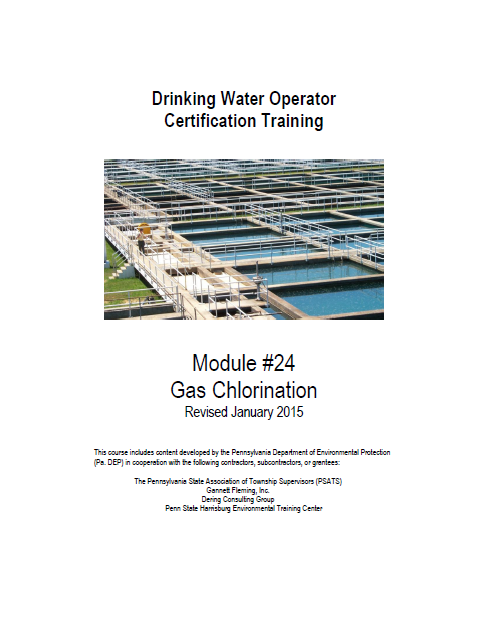
Reviews
There are no reviews yet.